- Different ingredients cook at different times. Start with the slowest-cooking ingredient, then add items, ending with whatever cooks fastest.
- Size: The smaller an ingredient is chopped, the faster it will cook.
- Density: Density of ingredients is important. Small chunks of carrots may still take longer to cook through than larger pieces of tomatoes or other less dense vegetables.
- The closer the sheet pan is to the heat source, the crisper and browner everything will get. Ingredients at the pan’s edges cook faster than those in the middle. The more spread out the ingredients are, the more air will flow between them, browning them further.
- Temperature is important. Set your oven to a higher temperature for deeper color and a lower temperature for slower, more even cooking.
- Use your broiler. You can also run quick-cooking ingredients under the broiler for a meal in minutes. Place your pan further away from the boiler to give you more wiggle room with the browning.
Equipment
- Low rimmed sheet pans allow for better air flow under and over your ingredients. Larger is better-measure the inside of the pan from inside rim to inside rim-about 15 by 11 inches is ideal, and a little larger if possible. You want to allow for plenty of surface area for even cooking and browning.
- Use uncoated sheet pans. Pans with a non-stick coating should not be used in high heat cooking.
- Cook right on the sheet pan surface for better browning on the underside of your ingredients. You can also line with parchment paper or foil-although it might affect the bottom browning of your ingredients.
- Oven cooking-400-450 degrees
- Use “convection” setting for best heat flow across the pan.
- Oven rack placement- the closer your sheet pan is to the heat source, the crisper and browner the ingredients will get.
- Use your broiler to cook or to brown up sheet pan meals at the end of cooking as needed. When cooking under the broiler, set your rack about 5 inches away from the heat. Leave oven door ajar if cooking high fat meat that may splatter onto heating element.
Fats
- Fat adds flavoring and moisture in high heat cooking.
- Fat helps to brown ingredients and evenly cook them on your sheet pan.
- Use quality cooking oil or natural fats. Ie…Extra virgin olive oil, olive oil, avocado oil, coconut oil, bacon fat, lard, ghee, butter.
Herbs and Spices
- Sprigs of hardy fresh herbs can stand up to higher heat cooking when tossed with oil to keep them moist. Thyme, oregano, rosemary, and sage are all good options.
- Avoid tender herbs like basil, chives, parsley, cilantro and mint, which can turn burn in high heat cooking. These are best when added after the meal has been cooked.
- Ground spices and spice blends can be sprinkled on prior to cooking or used in marinades, pastes and rubs.
Salt and Pepper
- Season your ingredients well before cooking with salt and pepper.
Choosing a Protein
- Bone-in meats take longer to cook than boneless
- Thinner cuts take less time to cook-think chicken tenders vs. whole chicken breast
- Fat on your protein adds flavor to your meal
- 1/3 to ¾ pound per person
- Dry your protein with a paper towel before seasoning-this will help in browning
Poultry
- Dark meat takes longer to cook than white meat
- Bone-in chicken takes longer to cook than boneless
- Keep the skin on your chicken. The skin provides flavorful fat to the cooked meal.
Suggested Cooking Times at 425 degrees
Breast, boneless-whole (1/2 lb) 20 minutes
Breast, boneless, sliced into 1-inch strips 10 minutes
Thighs, bone-in 30-40 minutes
Thighs, boneless 15-25 minutes
Pork
- Boneless chop (1-inch thick) 20 minutes
- Bone in chop (1-inch thick) 20-30 minutes
- Sausage-raw (pierce all over with fork) 15-20 minutes
- Pre-cooked sausage 10-15 minutes
- Sirloin tips-high fat 15 minutes
- Ground beef in large pieces or as meatballs 15-20 minutes
Seafood
- Shrimp 5-10 minutes
- Fish fillet 10-20 minutes
- Scallops 5-10 minutes
Adding Vegetables
- Always use toss vegetable with a good quality oil before cooking. Thi will help to brown them, add flavor, and moisture.
- Vegetables cook down significantly under high temperatures, so always err on the side of more.
- Cut same size for even cooking.
- Give them plenty of space on the pan for even browning.
- Dense vegetables — potatoes, radishes, winter squashes — take the longest to cook depending on oven temperature and cut size.
- Vegetables with a higher moisture content can take less time, 10 to 25 minutes.
- To caramelize vegetables with a very high moisture content — zucchini and tomatoes in particular — it can take longer because the moisture needs to evaporate before browning can occur. Roasting at a high temperature, 425 to 450 degrees, can speed things up.
- Leafy vegetables — kale, broccoli rabe, bok choy, chard — will cook quickly, 3 to 10 minutes. If the leaves are thoroughly dry, they will turn crisp and brown. Kale and chard can turn to brittle and chip-like if you use enough oil.
Approximate cooking time at 425 degrees
Asparagus, whole 8–15 minutes, depending on thickness
Beets 25–40 minutes
Broccoli 15-20 minutes
Brussels sprouts, halved 15-20 minutes
Butternut, or winter, squash 20–40 minutes
Cauliflower 15-25 minutes
Carrots 25-35 minutes
Cherry tomatoes, whole 20 – 50 minutes for caramelized
Peppers (red, green, orange) 15-30 minutes
Potatoes 25 – 35 minutes
Sweet potatoes 25-35 minutes
Zucchini or summer squash 20-45 minutes
Additions
- Garlic cloves, sliced or smashed
- Lemons, thinly sliced
- Capers
- Olives-oil cured, and vinegar soaked
- Feta cheese chunks
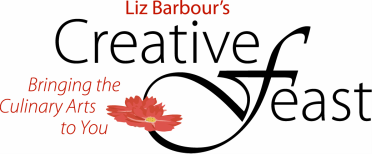
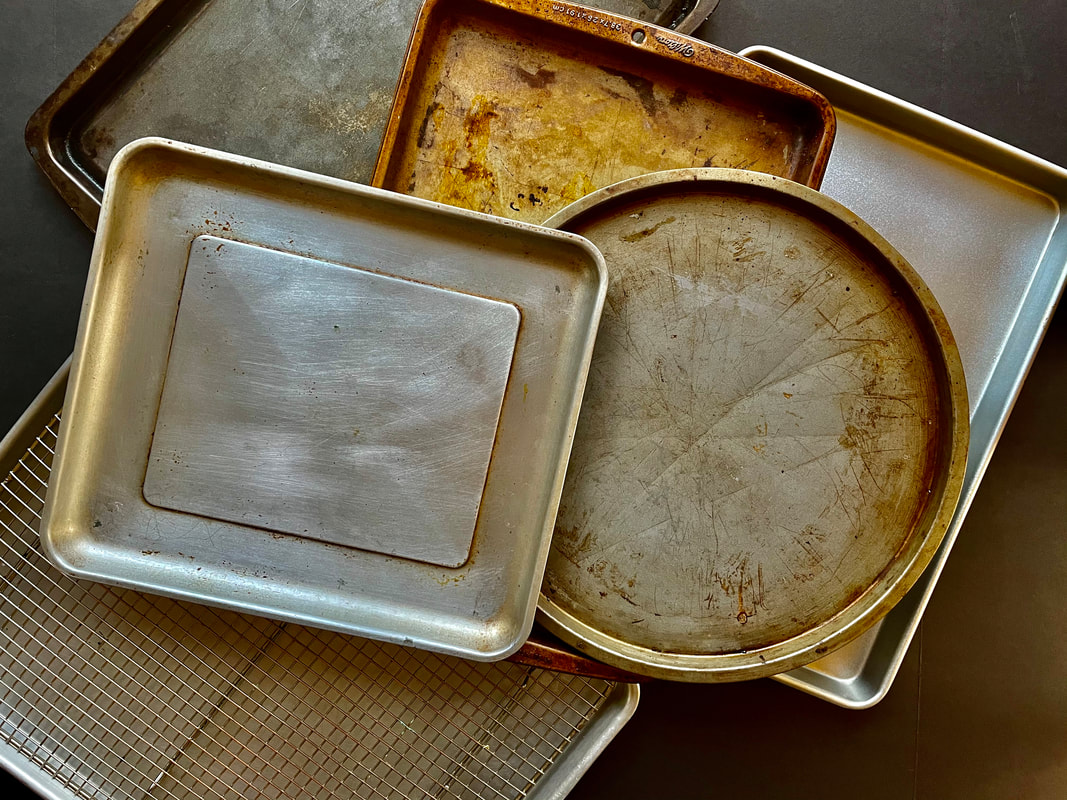
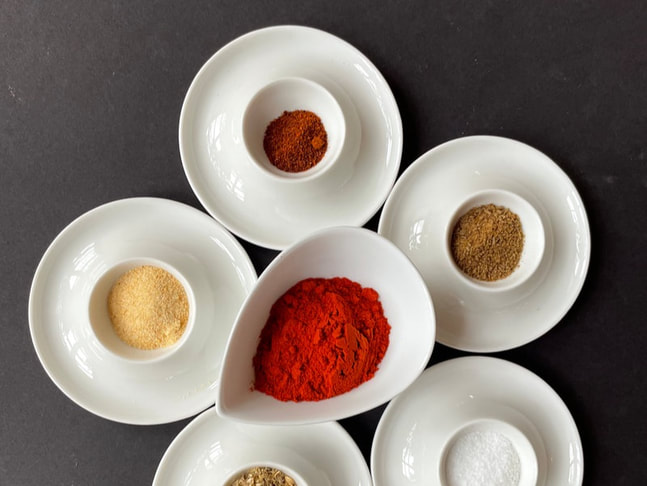


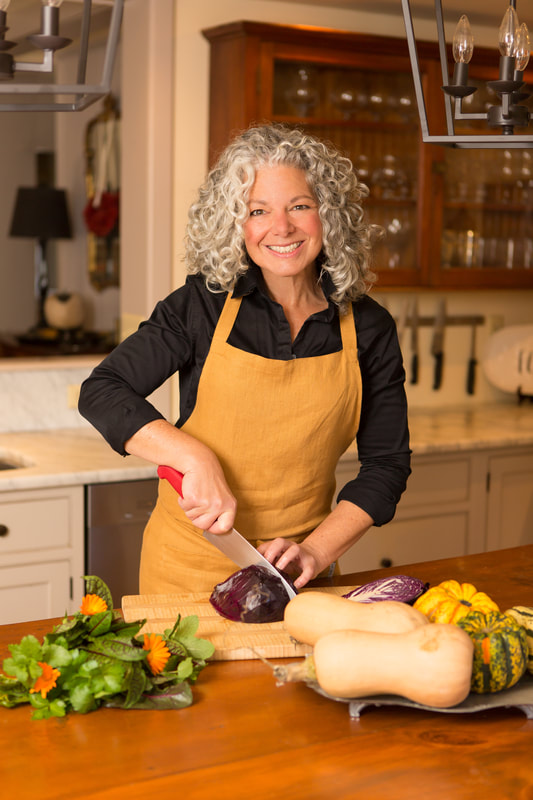
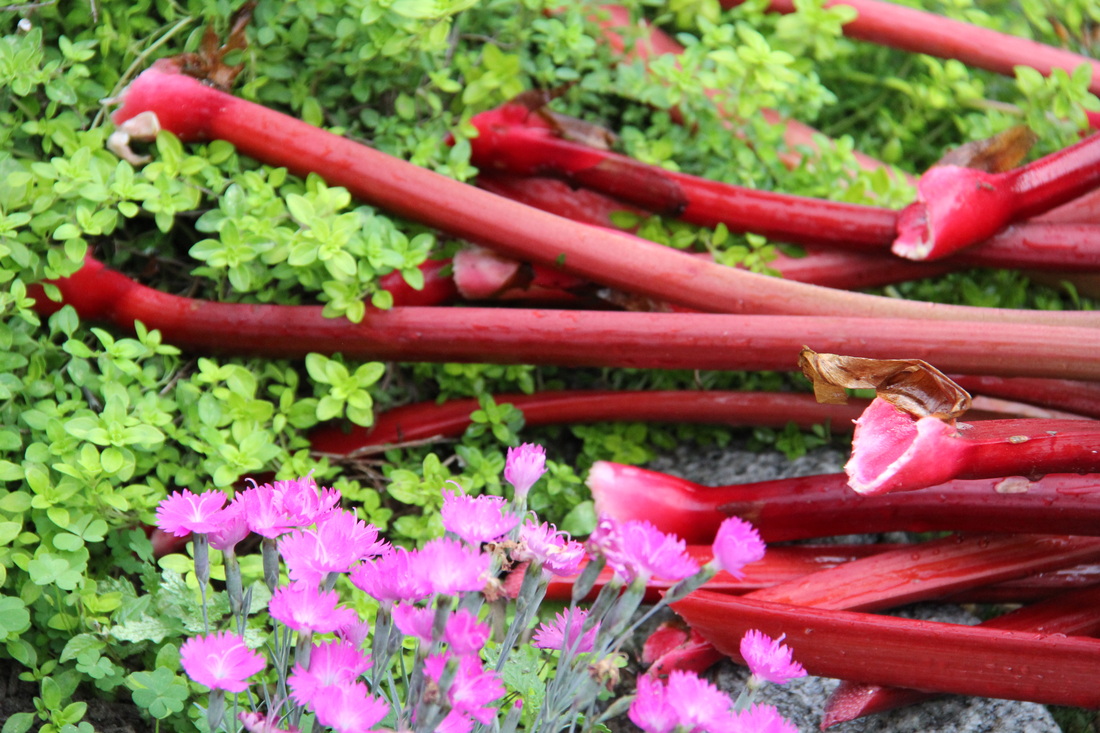
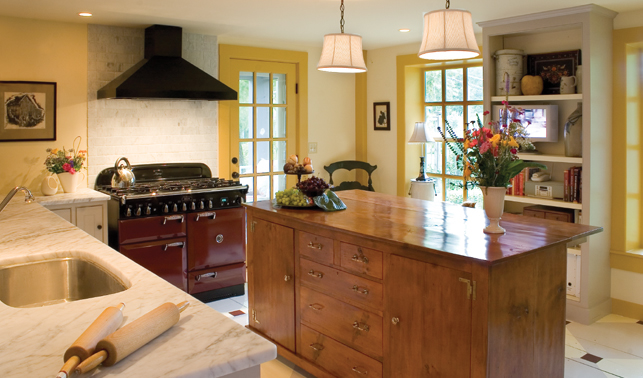
 RSS Feed
RSS Feed